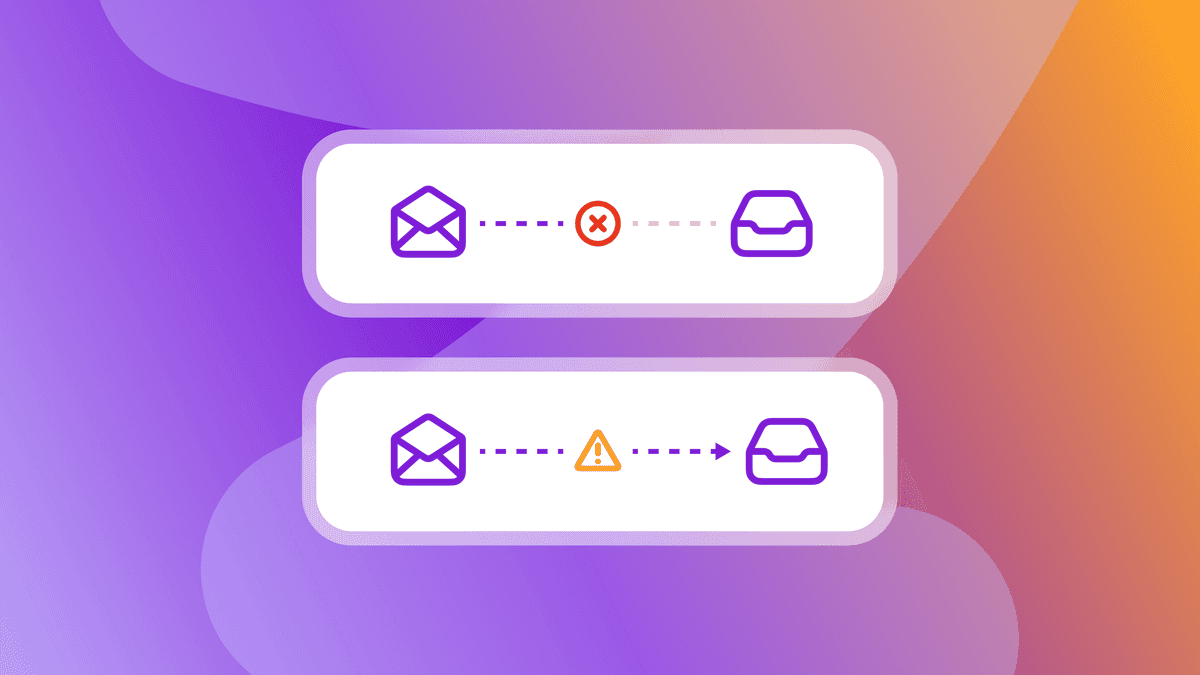Get Started Using Web Messaging Channels
Published on January 09, 2023/Last edited on January 09, 2023/4 min read


Mary Kearl
WriterWith web usage growing, there’s never been a better time to get started using web messaging channels for marketing outreach as part of a broader cross-channel customer engagement strategy. In fact, according to Amplitude’s analysis of the behavior of millions of app and website users from January 2020 to December 2021, website users have been growing at a faster pace than app users—at a rate of 57% compared to 36%, respectively.

The longer brands delay adding web messaging to their customer engagement messaging mix, the more money they’re potentially leaving on the table.
For expert insights on making the most out of web messaging channels, we spoke with Rebecca Nackson, Founder at Notable Growth, a Braze Alloys solutions partner and agency that specializes in helping brands optimize their customer engagement efforts and growth stack.
What Are Web Messaging Channels, Anyway?
Brands use web messaging to communicate with website visitors either while they’re browsing directly on a website or after they visit a site and opt into receiving updates. When we refer to web messaging, we’re not referring to one single marketing channel. In fact, there are three main web messaging channels, each with its own strengths, use cases, and considerations. The three primary web messaging channels are: web push notifications, in-browser messages, and Content Cards.

When and How to Use Each Web Messaging Channel
Web Push Notifications
The web-based version of mobile app push notifications, these are short, timely out-of-product messages that get delivered to web push notification subscribers—that is website visitors who opt into receiving updates via the web—in the moment when they’re browsing online.

Web push notifications are best for delivering pressing updates, such as:
- Breaking news, major announcements, and weather or emergency alerts
- Price-change and back-in-stock notifications
- Transactional messaging, order confirmations, shipping notifications, etc.
To encourage more users to opt into receiving web push notifications from your brand, Rebecca recommended leveraging another web messaging channel, in-browser messages (more on these below) to explain the benefits of receiving push notifications to “prime” visitors to enable web push. For instance, the benefits of becoming a web push subscriber may include being among the first to receive exclusive promotions, offers, and updates.
In-Browser Messaging
The web corollary to in-app messages, in-browser messages are—as the name suggests—messages that are deployed to visitors as they’re actively navigating your website.

Rebecca recommended using in-browser messages to:
- Provide context to website users, such as by sharing information about a new feature or a new product
- Collect information about website users, such as their preferences or interests to increase your brand’s zero-party data; this information can then be used to customize their web experience and their broader customer experience moving forward
Content Cards
This in-product web messaging channel seamlessly integrates into brands’ websites. Customers may not even realize they’re being served up personalized web campaigns because these messages appear—and are—fully baked into the overall web experience.

Brands use Content Cards to create:
- Notification centers
- Messaging inboxes
- Homepage banners and promotional content personalized to the individual user
These varied Content Card experiences make this a powerful channel for reaching web users with a number of different experiences, supporting impactful, unobtrusive customer engagement.
Final Thoughts
Brands can use the web messaging channel decision matrix below to determine which messaging channels it makes sense to use depending on the context. For example, web push is the ideal channel for simple, urgent messages and Content Cards are the best option for rich messages with a low urgency.

Want to learn more about using web messaging to connect with your customers? Get your copy of our comprehensive guide to Web Messaging: What It Is, How it Works, and Why It Matters and find out how top brands like NASCAR use web messaging to boost open rates, app downloads, and conversions.
Related Tags
Be Absolutely Engaging.™
Sign up for regular updates from Braze.
Related Content
View the Blog
Hard bounce vs. soft bounce: Key differences and how to reduce email bounces

Team Braze

How iOS 18 is shaping customer engagement—and what marketers can do about it

Haley Trost

Harnessing machine learning in marketing: Benefits, use cases and best practices
